It's quality content that only humans can create!
SimilarWeb’s report that Google traffic to news sites has been plummeting recently, as users turn to AI chatbots, seems to be causing the entire media industry to rethink its long-term growth strategy. But in fact, this has been warned about many times by “journalism futurists” and they point to more serious problems.
Many challenges
In their report, News Future 2035, Drs Nel François and Kamila Rymajdo of Preston University conclude that technology platforms may be reducing public access to journalism, and raise concerns about the impact of online intermediaries on media plurality and their negative impact on users’ knowledge and ability to distinguish between true and false information. This raises far greater concerns than the decline in Google search traffic.
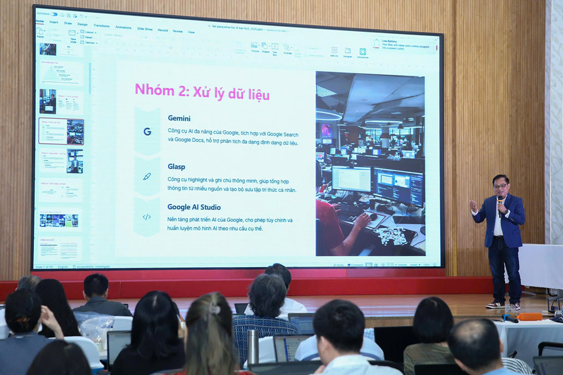
Training course "Application of AI in journalism" held at Nguoi Lao Dong Newspaper in 2025. Photo: HOANG TRIEU
In the UK, for example, where the report was conducted, trust in the news media is at a very low level. The annual Edelman Trust Index found that only 5% of Gen Z in the UK trust the press. The report, which spans 27 other countries, also found dire numbers, leading many experts to conclude that the problem is global.
Meanwhile, the trend of avoiding news is growing, with nearly half (46%) of the Reuters Institute for the Study of Journalism Digital Report survey saying they would rather watch trivial videos on News Feed than news on mainstream news sites.
Public service media has also been hit hard, with only 46% of UK respondents saying that publicly funded journalism is important – significantly lower than in other countries. In addition, adult internet users are increasingly concerned about the authenticity of online content. According to Ofcom’s report, even when exposed to mainstream media posts on social media, users still disagree about the authenticity of the content, meaning they are skeptical of credible sources, which is very different from previous decades when “what the press says, the people believe”!
Another danger is the risk that social media platforms will reflect the biases of their creators. The World Economic Forum’s “Global Technology Governance” report warns: How individuals, companies, and governments invest in, design, and use technology is also influenced by the experiences, beliefs, and ideologies of those who create that technology, as well as the norms and values of the context in which it is developed and deployed. For example, whether an AI system is racially biased will depend on the choice of source code, training data, and the population to which it is applied.
In such a context, what should the press do to continue to survive when its core values (as analyzed) are increasingly being eroded?
Digital transformation - a never-ending process
Of course, it will be difficult to find a common formula for all press agencies in the world, but digital transformation is always the answer. But as author Juan Senor, the man behind the prestigious Global Trends Reports, says, "digital transformation is a never-ending process."
In other words, newsroom transformation is a process of continuous adaptation and innovation that news organizations must undergo to survive and thrive in today's multi-platform media environment. This concept has no beginning or end, but is an inherent part of the organization's DNA.
According to the INMA report, “Strategies for Newsroom Transformation,” this process involves editorial board members constantly reassessing strategies, technologies, and looking for new business models. It can involve better understanding target audiences through a user needs framework, reorganizing the newsroom to prioritize digital, adapting journalism formats, and building deeper relationships with readers.
Among the above tasks, newsroom restructuring is mentioned the most. The INMA report marks a huge change in organizational philosophy. Because if in the previous decade, experts called for "convergence" or building hybrid newsrooms between print and digital, now they are advocating the separation of these structures.
In fact, this policy is not inconsistent with the digital transformation strategy that we have always pursued. In the article "It's time to separate print from digital" posted on the INMA blog, Dr. Dietmar Schaltin of IFMS Media explains: "The mechanical assembly has made print newspapers a burden for digital. So the rearrangement of resources and workflows is to focus the team on digital goals, meet the needs of modern readers and create new formats."
Some specific examples have been given, such as Stuff in New Zealand creating two separate businesses: one focused on vibrant, direct digital journalism (Stuff.co.nz), the other on digital and print subscription products (Stuff Masthead Publishing). This separation has allowed both units to specialise and achieve significant growth. The Times and Sunday Times in the UK have also restructured to optimise digital workflows and integrate new technology.
More specifically, reducing the focus on print to free up capacity for digital is an important strategy to redirect resources, because in the long term, digital is where the potential for growth and revenue is greater. Many newsrooms are still tied to traditional print production processes, which consume significant time and human resources. So when they merge, they do not achieve the dual goal of stopping the decline of print newspapers and growing the digital segment.
From those analyses, INMA experts came to a number of recommendations:
- Automation and technology: Norway's Aftenposten newspaper used automation to produce a leaner e-paper publication from existing content, saving time and resources.
- Optimized workflow: Politiken has implemented the “SML” (Small, Medium, Large, XXL) model to standardize story length and format for both print and digital. This helps journalists and editors work more efficiently, reduces editing time, and makes digital content more digestible for readers.
- Invest in AI tools and training: Provide tools and training so journalists can easily create content for a variety of formats.
- Changing cultural mindset: Changing the printing process requires a major mental shift from employees. Be prepared for uncertainty, allow employees to express their concerns, and focus on the benefits of the change.
Thus, digital transformation is not about completely eliminating print, but finding ways to free up capacity to invest more heavily in innovation, to serve online readers more effectively. Moreover, digital transformation is still the best way to adapt to the "tsunami" of AI that is sweeping through every corner of life. The press cannot stand aside, but needs to have an AI strategy as recommended by INMA.
To conclude the article, I would like to borrow the words of expert Charlie Beckett, Director of the Journalism AI initiative at the London School of Economics: In an era where the Internet is flooded with AI- or user-generated content, it is important for news agencies to clearly demonstrate the difference: It is quality content that only humans can create!
Editorial models
Convergence (early 2000s): Journalists previously accustomed to producing print newspapers were asked to provide online newspaper content, often copies of the print version with minor modifications.
Digital-first (2010s): Newsrooms began prioritizing digital content production before adapting it for print.
Mobile-first (mid-2010s): The rise of mobile devices required significant changes in content writing and formatting, leading to shorter, more direct stories optimized for small screens.
Subscription-based (late 2010s-present): Paywalls change the way news is structured, moving from an inverted pyramid model to engagement-focused storytelling, using open endings and suggestive content to drive conversions.
. According to the report "Strategies for Continuously Transforming Your Newsroom"
Source: https://nld.com.vn/con-nguoi-van-la-yeu-to-quyet-dinh-196250724201523233.htm












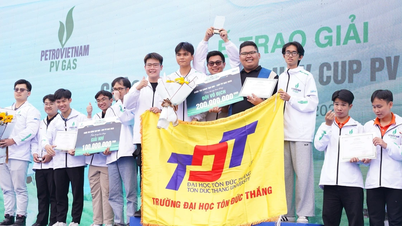







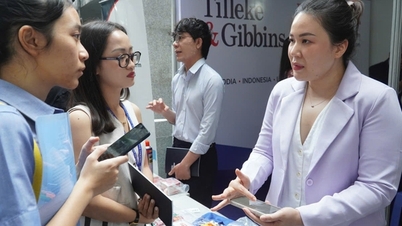



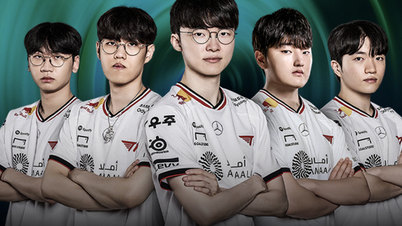



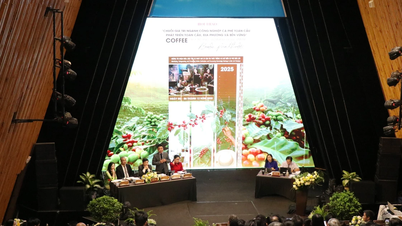

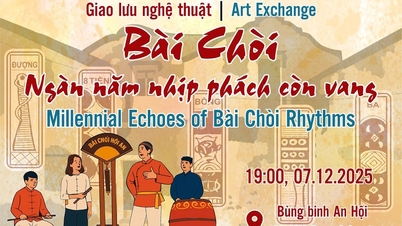

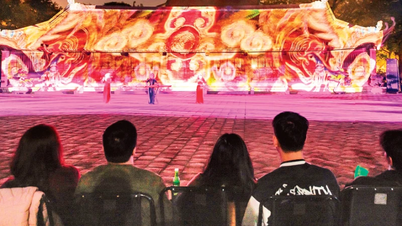


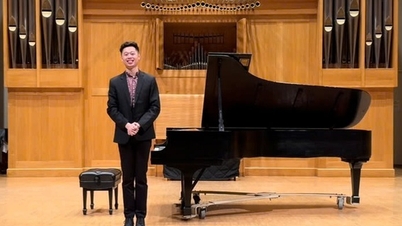
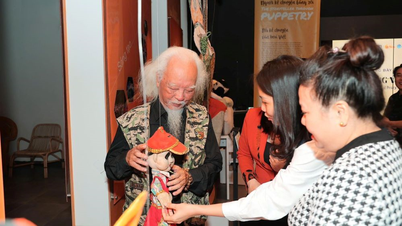

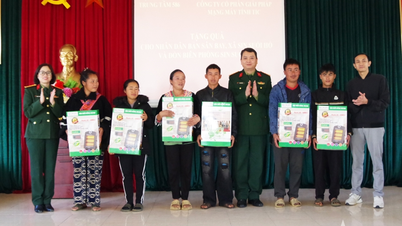




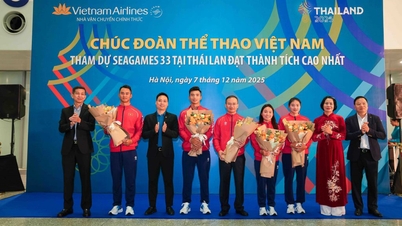


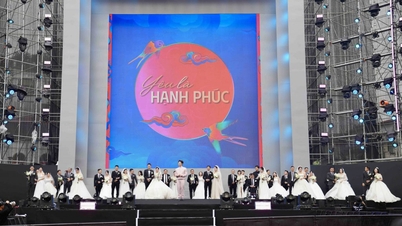

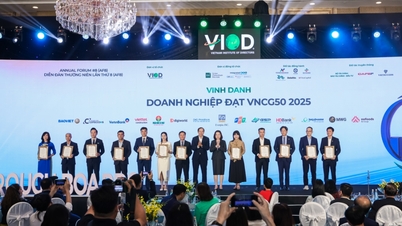



















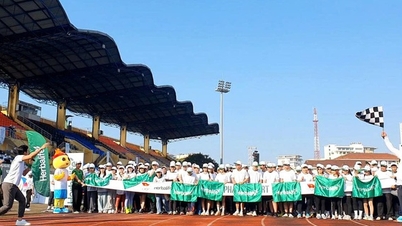

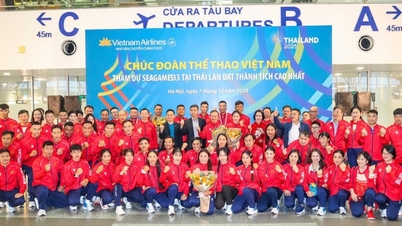



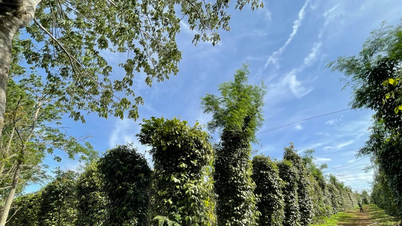



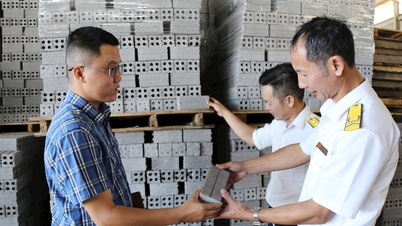




















Comment (0)